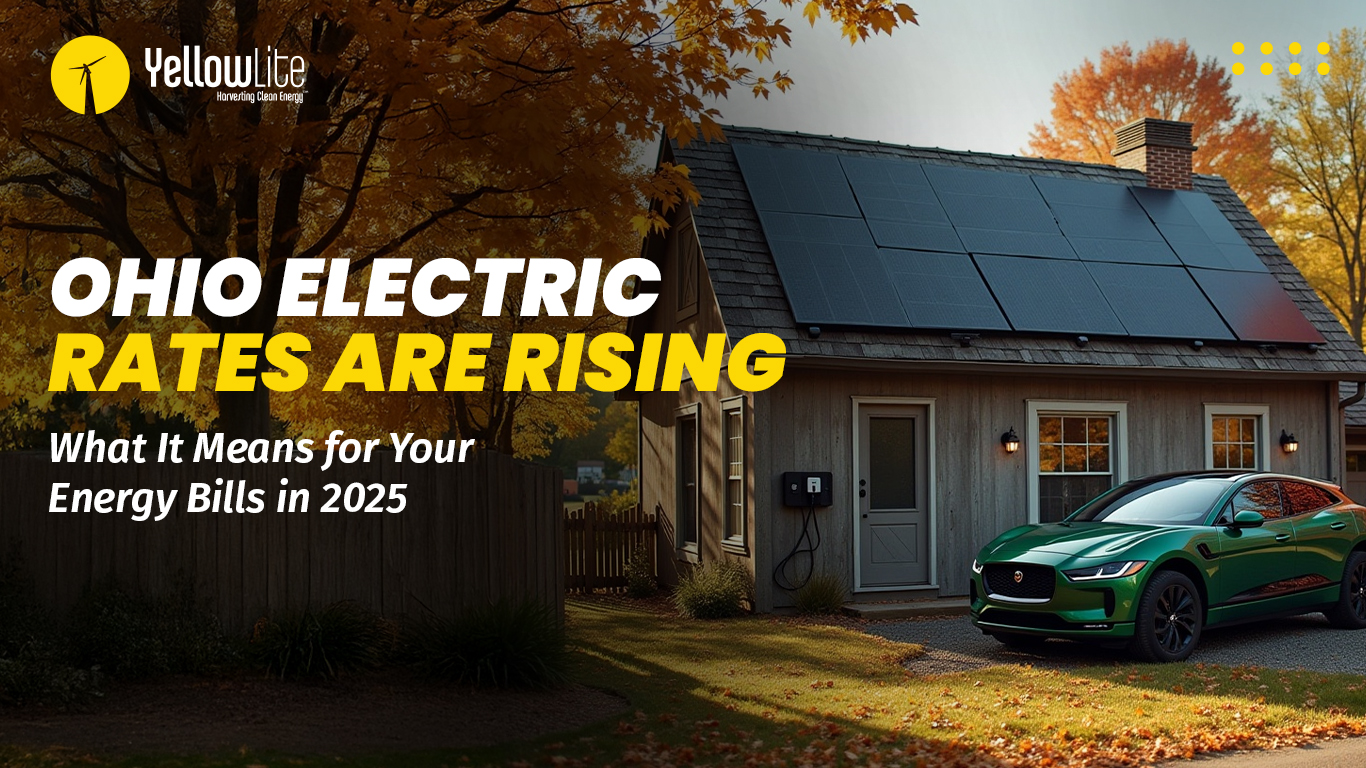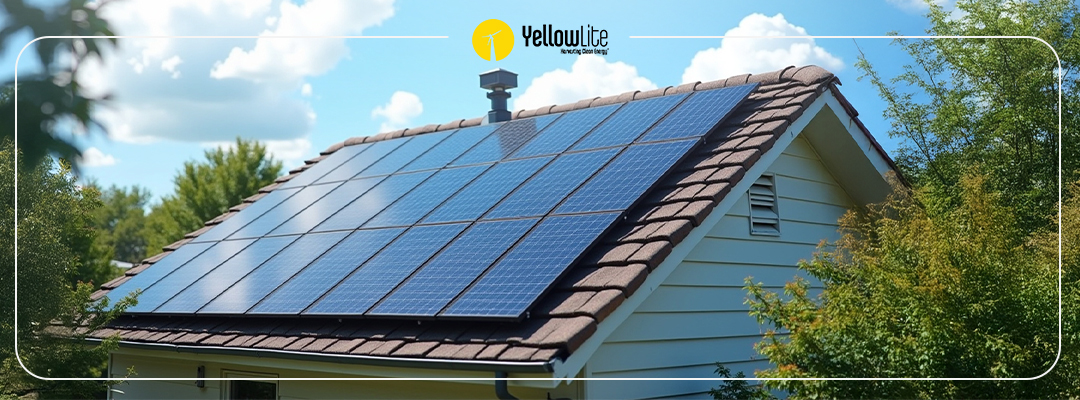Having a long energy payback time is one of the biggest criticisms faced by the solar industry. More often than not, people decide not to go solar because of this very reason. But with the recent advancements in solar cells and manufacturing, this premise doesn’t hold true anymore. Let’s walk through this in more detail:
For starters- what is Energy Payback Time (EPBT)?
The EPBT of a power generating system is the time required to generate as much energy as is consumed during production and lifetime operation of the system. And when we talk about solar panels and their EPBT, this should be smaller for economic reasons.
Years ago, when solar cells were less efficient, there might have been some truth in questioning the energy payback of solar panels. This is because they were manufactured using electricity generated from coal, natural gas, or nuclear power, which means they were manufactured less efficiently.
Why and how are solar panels more efficient now?
Today’s solar panels are more efficient and produce more power. This fact coupled with more efficient manufacturing means that energy payback time periods have decreased to a few years. Recent research has found that energy payback time estimates for rooftop PV systems are 4, 3, 2, and 1 years:
- 4 years for systems using current multi-crystalline-silicon PV modules
- 3 years for current thin-film modules
- 2 years for anticipated multi-crystalline modules, and
- 1 year for anticipated thin-film modules
With energy payback time of 1 to 4 years and assumed life expectancies of 30 years, 87% to 97% of the energy that PV systems generate won’t be plagued by pollution, greenhouse gases, and depletion of resources.
There are other estimates that show how solar is a viable option and will give the return on investment (ROI). In countries like Australia, where the Sun shines on for the most part of the year, their conducted studies have calculated EPBT for a solar system to be under two years. This means a solar power system takes less than two years to generate enough energy to break even on the amount of energy taken to manufacture it.
Solar cells in the future will be made from cheaper and more efficient materials, which is anticipated to decrease their production costs even more and increase their efficiency and energy payback time period.



